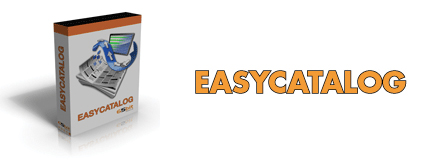

The example uses a formatting rule that combines 2 containers, one for the images and one for the tables. Then press and drag to create an area where the container will go. You can create containers by selecting the Container Tool in the Tools panel.

Releases the container content, which deletes the actual container frame. Refreshes the container content Release Icon Pressing this will empty the container and release the data associated with it. The default option is on, which allows overset content to thread into another container Tash Icon This is useful when containers are embedded. Fittingįitting options specify the maximum and minimum width and heights of the container. Spacingĭefines the vertical and horizontal spacing between the items. Alignment options vary depending on if the container is set to populate across – down or down – across. The Align option defines the final alignment of the arranged items. In the example, the Arrange property is set to fill across – down, meaning the second item will be placed to the right of the first, then continue to the next row if it doesn’t fit. Change made are applied dynamically if the Auto Recomposition flag is enabled. The Windows->Eas圜atalog Container panel is used to apply and view properties of the selected container or containers. With the frame selected, this can be clicked and the threaded to another frame.
Picture content url easycatalog plus#
When a container is ‘overset’ red plus indicator will be shown, similar to a text frame. Dragging data to the first container will fill it and thread any overset content into the next. Using the sample above, here are 2 threaded containers, set to populate with the “image” formatting rule. Containers are shown with a dotted outline when not in preview mode. If the Auto Recomposition menu option is enabled, the content will automatically reflow when the container is resized. Containers can then be ‘threaded’ to other containers, so content flows from one to another. When populating, the rule is repeated until the container is full. The primary property is Populate With, which defines which Formatting Rule is used to fill it. Only what fits makes it onto the page, which then continues to another page, numbering starting over.Ī container is custom frame type, with properties describing how it gets populated. In this example, the page is filled with tables and images along with indicators of related product information. What are Containers?Ĭontainers are designed to solve complex layout issues. This contains sample images and should open wit the required grouping (Category 1 > Category 2 > Category 3). Import the data source using File->New->Eas圜atalog Panel->Import Data Source. Sample DataĪ sample workspace and document is provided for reference and relates to the example described below.

The Pagination module is required to access container functionality.


 0 kommentar(er)
0 kommentar(er)
